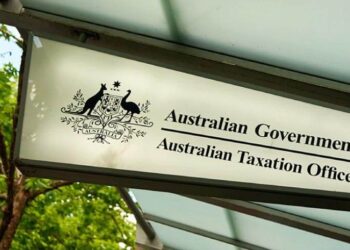The ASIC Supervisory Cost Recovery Levy Bill 2017 looks to make the financial services industry more accountable for its behaviour, and boost support for the corporate regulator.
“This is the next step in implementing the government’s commitment to recover ASIC’s regulatory costs from the entities that create the need for regulation, rather than the Australian taxpayers, who too often bear the costs of financial sector misconduct,” Minister for Revenue and Financial Services Kelly O’Dwyer said in a statement.
Liam Shorte, chair for the SMSF Association’s NSW state chapter and director of Verante Financial Planning, believes the change in funding models will strengthen ASIC’s capabilities as a regulator.
“At the moment, the government is not giving ASIC enough money to do the job they are expecting of them,” Mr Shorte said.
“I know the industry won’t like having to pay for it, but I think we need a strong regulator and it can’t be held back just because the government budget is under pressure.
“People expect that there is a strong regulator there and at the moment they are hampered.”
The change follows the $127.2 million funding package that was part of the ASIC Capability Review announced last year.
Mr Shorte is hoping to see ASIC return to the height of its powers with the improved funding, and regulate the industry equally.
“I would just like to see ASIC basically regulating everybody and not just trying to pick low-hanging fruit, [and see] that they do take the bigger companies to task,” he said.
“They’ve been concentrating on smaller players now because over the last few years they’ve really given the major companies, the big four and AMP, a very hard time and they do seem to have internally applied really strong compliance teams so that’s relieved ASIC to then look at the mid-level and smaller players, but that doesn’t look good to the people in the industry.”



It is not good for this impotent and very incompetent bureaucracy to have any increase in funds. The funds will only be wasted.
Cut the ASIC budget even further – then they won’t stuff up our business community as they appear to have as their unwritten mission statement.
To a point Liam is correct. One of ASIC’s major flaws however is that they actually understand the financial planning landscape very poorly. In speaking to many staffers, from the top down, they don’t understand and don’t respect what we do yet they regulate. Consultative processes are very poor.
To a point it’s understandable, they generally only deal with the bottom 1% but they have let this view taint their attitude and methods of engagement with the industry.
If they are to receive a funding boost they also need to be open to constructive criticism and address a desperately needed cultural change. If they don’t then they don’t deserve the funding boost.